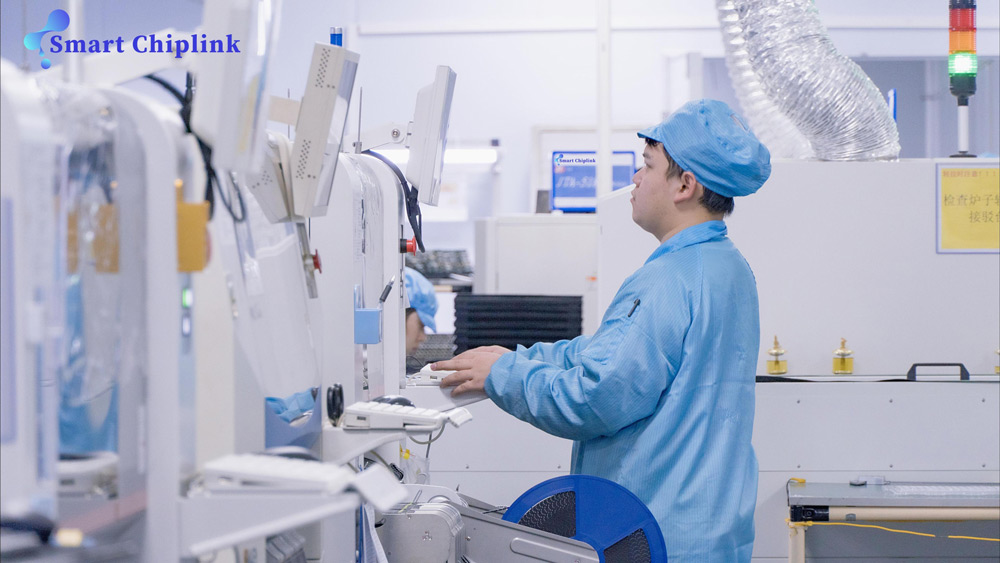As technology advances, PCBs have become the backbone of virtually every electronic device. From smartphones to industrial machinery, PCBs are essential for powering and controlling modern electronics. However, one question frequently asked by manufacturers, designers, and hobbyists alike is: How much does it cost to assemble a PCB? The answer depends on several factors, including the complexity of the design, materials, production volume, and labor involved. Let's break down the elements that contribute to PCB assembly costs.
1. Design Complexity
One of the primary factors affecting the cost of PCB assembly is the complexity of the design. A simple, single-layer PCB, which is used for basic electronic devices, is less expensive to produce and assemble compared to multi-layer boards. Multi-layer PCBs can have anywhere from four to sixteen layers, depending on the complexity of the device. These require more intricate manufacturing techniques, including the alignment and connection of layers, which drives up both material and labor costs.
Additionally, boards with fine-pitch components or high-density interconnects (HDI) require more precision and advanced assembly techniques. The more complex the layout, the higher the cost to assemble the PCB.
2. Component Selection and Costs
The components mounted on the PCB—such as capacitors, resistors, ICs, and connectors—are another significant cost factor. Component type, availability, and quality all influence pricing. For instance, specialized or high-end components, like microprocessors or rare integrated circuits, can drastically increase the total cost. Furthermore, global supply chain disruptions or component shortages can lead to price surges, particularly in high-demand industries like automotive or telecommunications.
In some cases, manufacturers may offer discounts for bulk purchases of components, which can reduce costs for large production runs. However, for small-volume or prototype PCBs, the lack of bulk pricing can make each individual component more expensive.
3. Production Volume
The cost of PCB assembly is heavily influenced by the production volume. Manufacturers typically offer lower per-unit prices for larger orders because the setup costs—such as programming assembly machines, creating stencils, and testing—can be spread across more units. For high-volume orders, these setup costs become a smaller percentage of the overall price, making each PCB cheaper to assemble.
On the other hand, low-volume production or custom PCB orders, such as prototypes or small batches, often result in higher costs per board. This is because manufacturers must still account for the same setup processes and quality assurance, even if only a few boards are being produced.
4. Labor and Assembly Techniques
Labor costs vary depending on the assembly method used. Two primary methods are Surface Mount Technology (SMT) and Through-Hole Technology (THT). SMT is faster and more automated, making it a cost-effective choice for high-volume production. THT, on the other hand, often requires more manual labor to insert and solder components, which increases labor costs, especially for complex boards.
Additionally, specialized assembly processes, such as BGA (Ball Grid Array) reflow or fine-pitch soldering, require highly skilled technicians and advanced equipment, further driving up costs. Automated inspection and testing procedures, essential for high-quality boards, also add to the labor component.
5. Testing and Quality Assurance
Testing is an essential part of the PCB assembly process, especially for boards that will be used in critical applications such as medical devices, automotive systems, or aerospace technology. Common tests include Automated Optical Inspection (AOI), In-Circuit Testing (ICT), and Functional Testing. Each of these ensures the assembled board meets the required specifications and standards.
The more comprehensive the testing, the higher the cost. However, these tests are crucial for preventing defects, improving product reliability, and avoiding costly recalls down the line.
6. Turnaround Time
The lead time or required turnaround time for assembling a PCB also plays a role in the overall cost. If a project requires expedited assembly, manufacturers may charge a premium for rush services. Standard lead times vary from a few days to several weeks, depending on the complexity and production volume, but fast-tracking an order to meet tight deadlines increases costs significantly.
Average PCB Assembly Costs
While costs can vary greatly based on the above factors, here is a rough breakdown of typical costs for PCB assembly:
- Low-Complexity Single-Layer PCB: $10 to $50 per board (low-volume orders)
- Mid-Complexity Multi-Layer PCB: $50 to $150 per board
- High-Complexity Multi-Layer PCB with Specialized Components: $200 to $500 or more per board
These figures are rough estimates and can fluctuate based on market conditions, component availability, and specific manufacturing requirements.
In conclusion, the cost of PCB assembly is influenced by a wide range of factors, including design complexity, component selection, production volume, labor, and quality assurance. While larger production runs and simpler designs tend to lower costs, more complex boards with specialized components or expedited services can significantly increase expenses. For businesses and designers, balancing quality with budget is key to ensuring a successful and cost-effective PCB assembly process.

 English
English Español
Español Português
Português русский
русский français
français 日本語
日本語 Deutsch
Deutsch Tiếng Việt
Tiếng Việt Italiano
Italiano Nederlands
Nederlands ไทย
ไทย Polski
Polski 한국어
한국어 Svenska
Svenska magyar
magyar Malay
Malay বাংলা
বাংলা Dansk
Dansk Suomi
Suomi हिन्दी
हिन्दी Pilipino
Pilipino Türk
Türk Gaeilge
Gaeilge عربى
عربى Indonesia
Indonesia norsk
norsk čeština
čeština Ελληνικά
Ελληνικά Українська
Українська Javanese
Javanese فارسی
فارسی български
български ລາວ
ລາວ Latine
Latine Қазақ
Қазақ Euskal
Euskal Azərbaycan
Azərbaycan slovenský
slovenský Македонски
Македонски Lietuvos
Lietuvos Eesti Keel
Eesti Keel Română
Română Slovenski
Slovenski Српски
Српски 简体中文
简体中文 Беларус
Беларус




